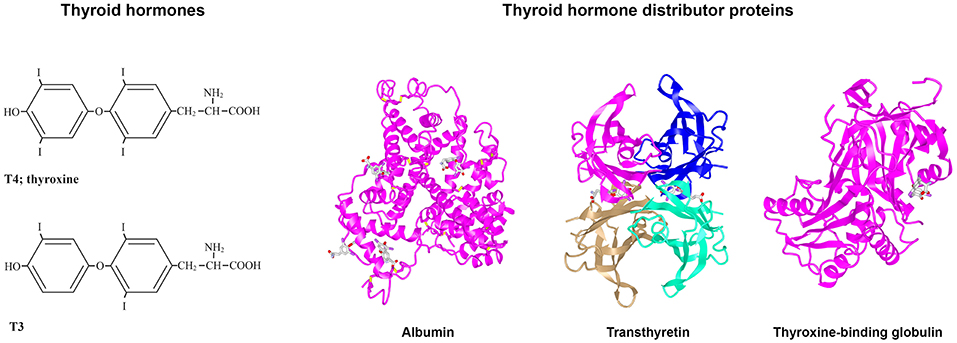
Luteinizing hormones follicle stimulating hormones, thyroid stimulating hormones These are conjugated protein bound to carbohydrate which include galactose, mannose, fructose These hormones are build up from large number of amino acid residues These hormones are made up of only few amino acid residues and they are usually present themselves in form of a linear chains Amine hormones are synthesized from the amino acids tryptophan or tyrosine.Īn example of a hormone derived from tryptophan is melatonin, while tyrosine derivatives include thyroid hormones and catecholamines Typically, the original structure of the amino acid is modified such that a COOH, or carboxyl, group is removed, whereas the NH 3 +, or amine group remains. Hormones derived from the modification of amino acids are referred to as amine hormones. Mineralocorticoids like aldosterone help maintain the balance between salts and water in the body and the predominantly exerts their effects within the kidney.ĭerived from cholesterol which belong to a chemical compounds known as steroids

It also helps in the maintenance of normal blood pressure, and also possessed antiinflammatory and immunosuppressive actions, which are useful in treating rheumatoid arthritis and prevents the rejection of transplanted organs. Glucocorticoids consist of hormones such as cortisol which mainly control and influence many metabolic processes like deposition of glycogen in the liver and the formation of glucose from amino acids and fatty acids.

They are mainly adrenocortical hormones, which basically divided to two, i.e., glucocorticoids and the mineralocorticoids. These hormones are produced in the adrenal cortex. As pregnancy progresses, placental production of progesterone increases, and these high doses suppress ovulation, preventing a second conception. Should this occur, the placenta becomes the main source of progesterone. During the menstrual cycle, the ruptured ovarian follicle (the corpus luteum) of the ovary produces progesterone, which renders the uterine lining receptive to the implantation of a fertilized ovum. Estrogens and progestins are secreted cyclically during menstruation. Progestins, the most important of which is progesterone, are the other type of female sex hormone and are named for their role in maintaining pregnancy (pro-gestation). The ovarian production of estrogen stops plummets during menopause. In some other mammals these hormones have been shown to precipitate estrus (heat). This hormone has a similar function similarly to androgens in men, the estrogens promote the development and maintenance of the primary and secondary female sexual characteristics they also stimulate linear growth and skeletal maturation. Estrogens are secreted mainly by the ovaries and in smaller amounts by the adrenal glands and (in men) by the testes. On the other hand, there are basically two female sex hormones which are estrogen and progestins. Overdosing has been linked to serious side effects, including infertility and coronary heart disease. In order to enhance the anabolic activity of androgens without increasing their masculinizing ability, anabolic steroids were developed to combat diseases marked by wasting, these synthetic hormones have been abused by individuals desiring to increase their muscle mass, such as athletes seeking to gain a competitive advantage. Androgens are anabolic, and used in stimulating the production of skeletal muscles and bone as well as red blood cells. Androgens are primarily responsible for the proper development and maintenance of male reproductive function and stimulation of the secondary sex characteristics. These hormones are produced primarily by the testes and in discrete amounts by the adrenal cortex. The male sex hormones are usually referred to as androgens and the principal androgen is known as testosterone. These are group of hormone that produced in the testes in males and ovaries in the female. Steroid hormones are classified according to the organs that synthesize them therefore this hormone are classified as sex hormones, adrenal cortex hormones and placenta hormones.

They are further described in Table 13.3. This category of hormones are divided to six classes, they are hormones steroid amines peptide protein glycoprotein and eicosanoid.


 0 kommentar(er)
0 kommentar(er)
